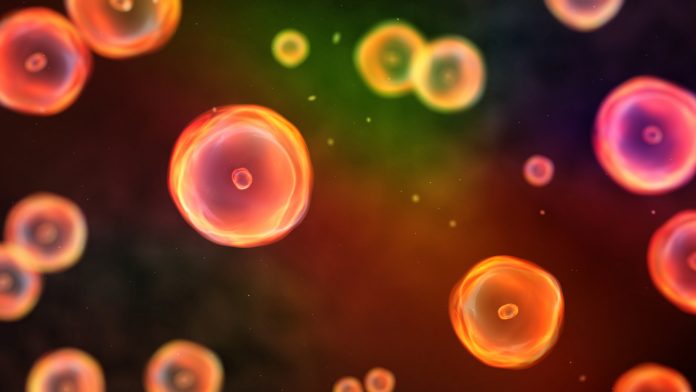Researchers at Uppsala University, Sweden, have used Artificial Intelligence (AI) in a new method of image analysis to help researchers find new cell types and cell functions.
Organ tissue consists of trillions of cells with various functions, all of which contain the same DNA in their nuclei. Gene expression occurs when molecules, called ‘messenger RNA’ (mRNA), carry signals from the nucleus to the rest of the cell, in order to direct its activities and define the function identity of every cell. RNA transcripts are obtainable through in situ sequencing, which shows millions of detected mRNA sequences as dots in microscope images of the tissue. Distinguishing all the important details may be difficult. This issue has prompted the team from Uppsala to develop an AI-based method of detecting new cell types and cell functions.
Carolina Wählby, professor of quantitative microscopy at the Department of Information Technology, Uppsala University, said: “We’re using the latest AI methods – specifically, graph neural networks, developed to analyse social networks; and adapting them to understand biological patterns and successive variation in tissue samples. The cells are comparable to social groupings that can be defined according to the activities they share in their social networks like Twitter, sharing their Google search results or TV recommendations.”
Improving upon previous methods
Earlier analytical methods of this type of data depend on knowing which cell types the tissue contains in advance. The method conventionally used, known as ‘single-cell analysis’, may lose some mRNA and miss certain cell types. Wählby added: “With our analysis, which we call ‘spage2vec’, we can now get corresponding results without any previous knowledge of expected cell types. And what’s more, we can find new cell types and intra- or intercellular functions in tissue.”
The research group are now using ‘spage2vec’ to investigate differentiation and organisation of various types of cells during the early development of the heart. This research is intended to provide more knowledge of the mechanisms that govern development.







